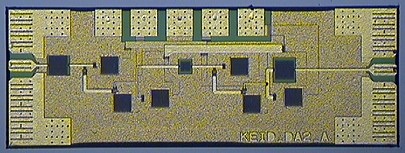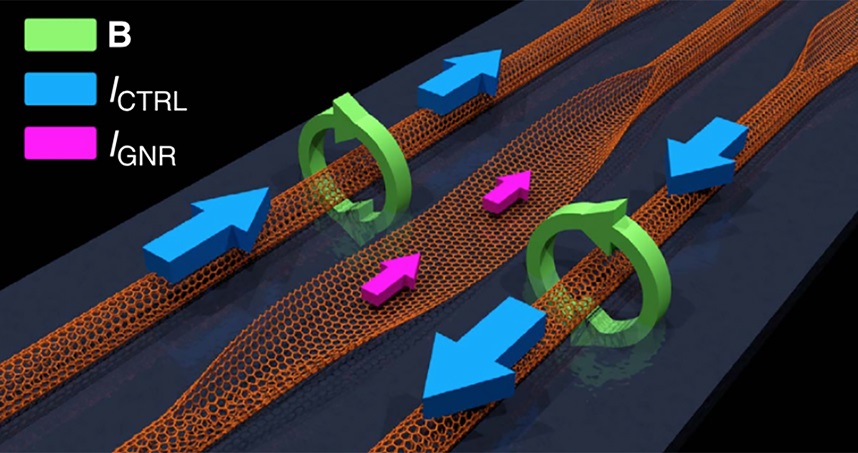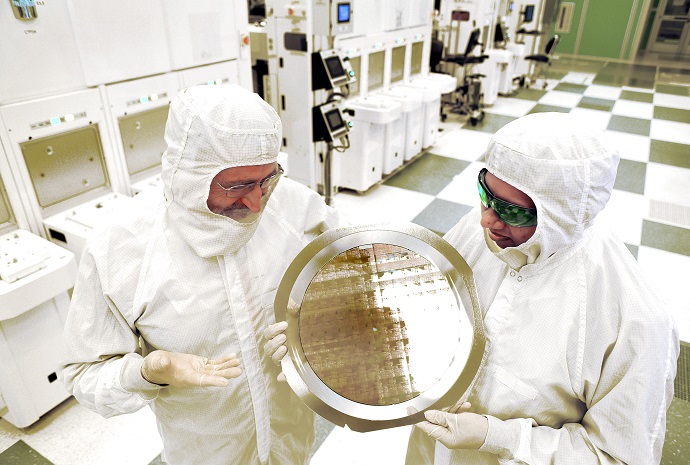Mar 10, 2014
An exciting research collaboration between UCL and Chalmers has resulted in the design and testing of the widest band amplifier ever reported. The work was led by Professor Herbert Zirath, Head of the Microwave Electronics Laboratory at the Department of Microtechnology and Nanoscience at Chalmers and Professor Izzat Darwazeh, Head of the Communications and Information Systems Group in UCL Electronic and Electrical Engineering.
Zirath and Darwazeh started on the joint project in the summer of 2012 aiming to design circuits suited for communication at frequencies approaching the terahertz (THz) region. A set of amplifier circuits were designed by PhD-student Klas Eriksson, manufactured by Teledyne in the USA and measured at Chalmers a few months ago.
The research team was delighted that the new amplifiers tested achieved results so close to design predictions; exceptionally wide broad band operation; from low GHz frequencies to frequencies exceeding 235 GHz and provided a gain exceeding 15dB, translating to a gain bandwidth product of approximately 1.5 THz. The design team believes this amplifier is at least twice as fast (in terms of bandwidth) as the fastest amplifier reported to-date.
"This achievement was possible both because of excellent technological advances in nanotechnology and state of the art design processes and techniques. This technology will help make ultrafast broadband possible for widespread use not only for communication systems but also for different scientific and test and measurement instrumentation," Izzat Darwazeh said.
The circuit builds on previous research and design work reported by Zirath and Darwazeh over the past two decades.
"This result is of considerable interest for the development of new products within the area of communication and instrumentation such as fast oscilloscopes, pulse amplifiers and fast fiber optic receivers," Herberth Zirath said.
Details of the work will be reported at the forthcoming IEEE International Microwave Symposium (IEEE-IMS) to be held in Florida in June 2014.













